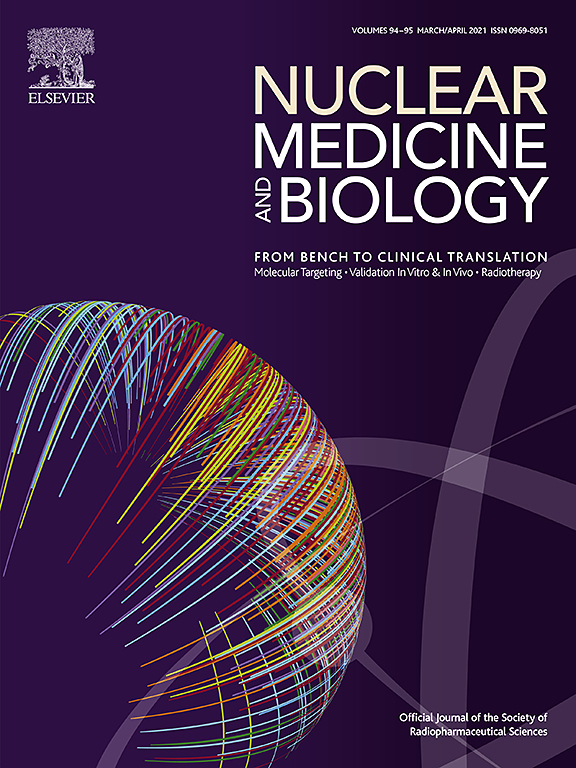Molecular imaging is a non-invasive process that enables the visualization, characterization, and quantitation of biological processes at the molecular and cellular level. With the emergence of theragnostic agents to diagnose and treat disease for personalized medicine there is a growing need for matched pairs of isotopes. Matched pairs offer the unique opportunity to obtain patient specific information from SPECT or PET diagnostic studies to quantitate in vivo function or receptor density to inform and tailor therapeutic treatment. There are several isotopes of arsenic that have emissions suitable for either or both diagnostic imaging and radiotherapy. Their half-lives are long enough to pair them with peptides and antibodies which take longer to reach maximum uptake to facilitate improved patient pharmacokinetics and dosimetry then can be obtained with shorter lived radionuclides. Arsenic-72 even offers availability from a generator that can be shipped to remote sites and thus enhances availability. Arsenic has a long history as a diagnostic agent, but until recently has suffered from limited availability, lack of suitable chelators, and concerns about toxicity have inhibited its use in nuclear medicine. However, new production methods and novel chelators are coming online and the use of radioarsenic in the pico and nanomolar scale is well below the limits associated with toxicity. This manuscript will review the production routes, separation chemistry, radiolabeling techniques and in vitro/in vivo studies of three medically relevant isotopes of arsenic (arsenic-74, arsenic-72, and arsenic-77).

An official website of the United States government
Here’s how you know
Official websites use .gov
A
.gov website belongs to an official government
organization in the United States.
Secure .gov websites use HTTPS
A
lock (
) or https:// means you’ve safely connected to
the .gov website. Share sensitive information only on official,
secure websites.




